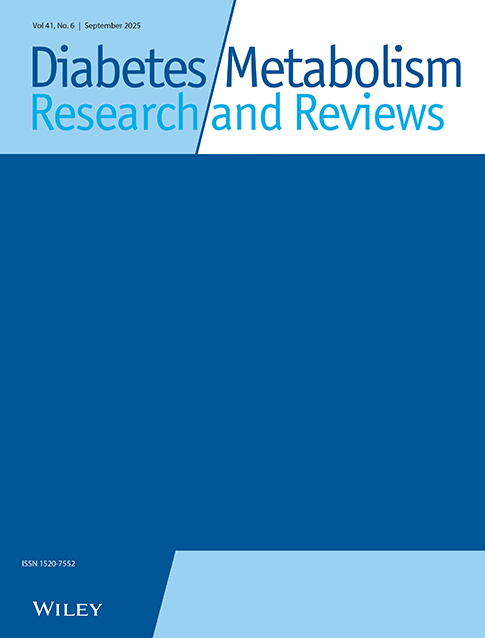Effects of nateglinide and glibenclamide on postprandial lipid and glucose metabolism in type 2 diabetes
Abstract
Background
Postprandial hyperlipemia and small, dense LDL particles are features of dyslipidemia in type 2 diabetes. The purpose of this study was (1) to determine whether the oral insulinotropic drugs, nateglinide and glibenclamide, can overcome the defect of insulin action to suppress the hepatic VLDL release after a meal and decrease the postprandial lipemia and (2) to evaluate the acute effect of postprandial hypertriglyceridemia on LDL particle size in subjects with type 2 diabetes.
Methods
Forty-three subjects with type 2 diabetes and mean baseline HbA1c 7.6% (95% CI 7.3 to 7.9) were treated with nateglinide 120 mg three times daily or glibenclamide 5 mg once or twice daily for 12 weeks in a double-blind randomised trial. Insulin, glucose, and lipoprotein responses to a mixed fat-rich meal were determined for 8 h postprandially at baseline and at 12 weeks on-trial.
Results
Nateglinide and glibenclamide significantly augmented the maximal response in serum insulin at 60 min postprandially compared with the response without the drug [additional increase 25.0 mU/l (95% CI 11.2–38.8) p = 0.001 and 12.5 mU/l (95% CI 4.6–20.3) p = 0.003, respectively] and reduced hyperglycemia. Neither drug affected fasting or postprandial lipid or lipoprotein levels. LDL size did not significantly change in the 8-h postprandial period.
Conclusions
Although nateglinide and glibenclamide increase postprandial insulin secretion and attenuate hyperglycemia, they do not alleviate postprandial lipemia in subjects with type 2 diabetes and good glycemic control. Although small LDL particle size is associated with chronic hypertriglyceridemia, LDL size does not change during acute postprandial hypertriglyceridemia. Copyright © 2002 John Wiley & Sons, Ltd.




